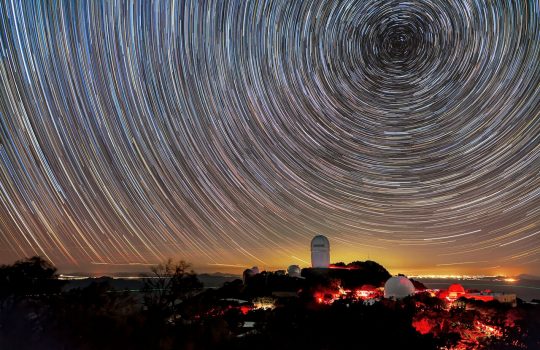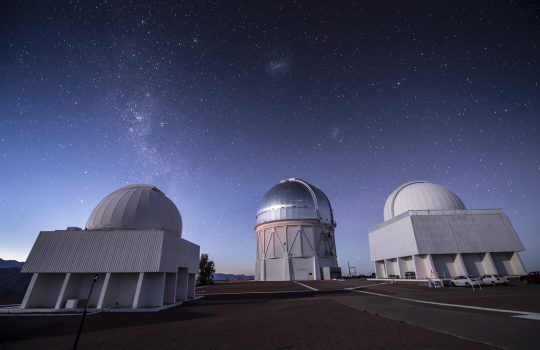New DESI results strengthen hints that dark energy may evolve
The Dark Energy Spectroscopic Instrument used millions of galaxies and quasars to build the largest 3D map of our universe to date. Combining the DESI data with other experiments shows signs that the impact of dark energy may be weakening over time — and the standard model of how the universe works may need an update.



